Review: Sony Ericsson TM506
Sep 8, 2008, 1:00 PM by Eric M. Zeman
Sony Ericsson and T-Mobile have teamed up for the first time in four years to offer the 3G-equipped TM506. It is capable in many departments, but falls short in others.
Form
Is It Your Type?
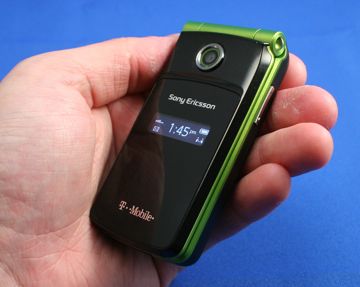
For Sony Ericsson lovers who happen to be T-Mobile customers, there's good reason to cheer. The TM506 marks the first SE handset on the T-Mobile network in years, and it supports T-Mobile's 3G network, to boot. The good news is that it is a solid clamshell that offers a decent range of features. But there are a few things holding it back.
Body
The TM506 is one of Sony Ericsson's more basic — but also more aesthetically pleasing — clamshell designs. It may be a bit on the blocky side, but I find it to be handsome. It has simple and clean lines that flow well. It rests comfortably in your hand whether open or closed. The weight and balance are good and it slips easily into a pocket.
The front is glossy black plastic. You know what that means. Smudges and finger grime will always be visible unless you constantly polish the front. Finger oils don't prevent you from being able to read the small front display, though. At the top of the front panel is the camera. I like that it is set back from the surface of the phone a little bit and has a beveled edge around it. This keeps your fingers from accidentally smudging up the camera lens.
The back of the TM506 is covered with a soft-touch paint job and has a matte black finish. This makes the TM506 easy to grip and hold in your hand. It isn't overly slippery.
On the left side of the phone is the hatch covering the M2 memory card port. While I fully understand that Sony Ericsson wants to protect its own memory card format, the entire rest of the cell phone industry has settled on microSD cards as the standard format for phone storage. M2 memory cards may be easy enough to find at your local big box eletronics retailer, but if you're upgrading from a phone that uses microSD cards, you won't be able to use your existing stock of cards. This will add to the price of the phone.
On the right side of the phone is only the volume toggle. It is a small silver dash that stands out visually and tactilely from the side of the phone. It is easily found and used. Travel and feedback are good.
The hinge of the TM506 is nice and sturdy. The build quality of this phone is top notch. I like how Sony Ericsson built the lanyard loop into the hinge.
I really like the design of the keypad on the TM506. It both looks good and works well. The layout is large enough that even those with the largest fingers aren't going to have trouble finding and using the keys. At the top of the keypad, the soft keys are two horizontal silver dashes. They stand out visually from the black surface of the keypad itself and also illuminate so they can be seen in the dark. These keys had adequate travel and feedback.
Below the soft keys are the send/end keys. These keys are flush with the surface of the phone. There is nothing to clue your fingers to their location, save for the fact that you'll know they are right below the soft keys. Below the send key on the left is the button for the shortcut menu and camera. Below the end key on the right is the Sony Ericsson clear key. All four of these keys have good travel and feedback.
The D-pad is ringed with a silver rim that is about the size of a quarter. The edge makes it stand out nicely from the surface of the phone. All four directionals and the center button have more travel and feedback than most other buttons on the phone, and were the most satisfying to use.
The numerical keypad itself is great. Even though it is flush with the surface of the phone, each key feels like a slight bubble as you pass your fingers over them. Despite the flat appearance, it is very easy to distinguish between keys as you move your thumb across the keypad.
There is a dedicated power button at the very bottom of the keypad. Sony Ericsson was wise to locate this button inside the phone, so it is not accidentally activated (shutting the phone off) when the phone is in your pocket or purse.
In all, the hardware just works.
The Three S's
Screen
The TM506 has a small monochrome display on the outside panel. Pressing the volume toggle on the right turns it on. The white text on a black background is easily readable, even in full sunlight. You can instantly see all your status indicators.
The interior screen is a different story. The default theme uses a white background for the home screen and menus. While the display is nice and sharp and brilliant indoors, it is unreadable when outside. Even switching to other themes doesn't help out all that much. It is large, though, and icons, animations and graphics look smooth and free of pixelated edges.
Signal
The TM506 is a quad-band GSM/EDGE phone, but also supports T-Mobile's slowly expanding 1700MHz HSDPA 3G network. When in areas covered by T-Mobile's standard GSM/EDGE network, it rated five full bars in most places. It performed very well. Even in areas we know to have poor T-Mobile coverage, it remained connected to the network.
We were only able to test the 3G signal in New York City briefly. The highest signal reading we were able to get was three bars. Surfing the mobile Web with those three bars was very speedy. Using T-Zones to pull up PhoneScoop.com, Google, and other sites was no problem. Neither was making voice calls. The TM506 will automatically use the 3G network when it is available, and revert to standard GSM network in areas not covered by T-Mobile's 3G network.
Sound
The quality of phone calls was mostly good, but not super fantastic. People I called said that I sounded good coming though the TM506, but calls sounded muddy through the TM506's earpiece. Altering the volume did nothing to ameliorate this. The earpiece volume does not go as high as we'd like it to. There was also the faintest echo during most calls, almost like it was going through a echo chamber. Despite the muddy quality of calls, I had no problem hearing people. There was no static, crackling or other noises during any of the phone calls that I made.
The ringers and speakerphone can be set to mind-numbingly loud volumes. The TM506 is so loud, the phone even warns you when you set the ringer to is maximum volume. It can be heard from several rooms away, and even from different floors. You're not going to miss any calls, not even in noisy coffee shops. The vibrating ringer was also strong enough to alert us to calls most of the time. We did miss one call when on vibrate.
Battery
Battery life was stellar. In standard GSM/EDGE areas, we eked out four days of usage. That was with minimal calls, some text messages and light Web surfing. Testing out the rated talktime of 210 minutes, we manage to achieve just 196, a bit short of the full amount.
Basics
Menus
The menu system of the TM506 is a combination of the standard Sony Ericsson menu with a few specific items from T-Mobile. Hitting the center of the D-pad takes you to the main menu. It is a 12-icon grid and looks the same as most other Sony Ericsson phones. Some of the icons open up applications, and some open folders.
If you choose to go into the Entertainment menu, you're greeted with a long list of the phone's different entertainment applications. Selecting the media player app brings you to the familiar Sony PlayStation-style menu, with the same icons you'd see on your PSP or PS3.
The Settings folder is by far the most extensive of the menu items, and uses a tabbed set-up to let you find and alter the phone's settings. Scrolling left or right with the D-pad when in this folder takes you to different sets of options.
The app swapper button, located under the send key to the left of the D-pad, brings up a shortcut menu and a method for managing open applications. The shortcuts list comes pre-populated with some applications, but you can also add your own. Similar to the Settings menu, this shortcut menu uses a sideways tabbed system, and the other tabs let you control which applications are running and help you switch between apps that are active, and those that are running in the background. The TM506 can also run multiple Java applications at once.
Calls / Contacts
Punching the green send key from the home screen of the TM506 brings up a list of your recent calls. All calls are piled into the first tab, but the other tabs will show you answered, dialed calls, and missed calls. When viewing call listings, you can hit the left soft key to pull up an options menu. Pressing up on the D-pad also opens the call list.
When you begin to type phone numbers into the TM506, it automatically begins to sort through recent calls. If you are re-dialing a recent number, you can often get through the first few digits, and then use the D-pad to select the full number and call it without finishing typing the remaining digits. If the number is in your contacts, it will show you the contact. Hitting down on the D-pad selects your contact. If you hit the send key, it will place a call to that contact, if you hit the center of the D-pad again, it will open the contact and let you do other things, such as send SMS messages.
The contacts application is fairly robust and easy to figure out. It can be opened by pressing the left soft key or by pressing down on the D-pad. It is pre-populated with several T-Mobile numbers, such as customer care. Creating a new contact is the second option, and opening it up brings you to another tabbed menu. The tabs separate adding in numbers, email/web addresses, pictures/ringtones, addresses and notes.
Once you have your contacts added, the contact application will auto-sort as you type, making it quick to find contacts.
With a contact highlighted, the left soft key brings up the extensive options menu to let you contact them in whatever way you so desire.
Messaging
The messaging department is found in the TM506's main menu. The main messaging menu shows you a quick overview of your different inboxes, including texts, IMs, emails and voice mails.
The first selection takes you to the message composition screen. The first thing it has you do is fill out the text. Once done typing, there is an icon menu bar at the bottom of the screen. This is where you can choose to add pictures, animations, videos, music, open the camera or add pre-recorded sounds. The icons were more fun to interact with than a regular menu.
T-Mobile's mobile email application is not in the messaging department, but a separate area reserved for Email and IM. Going into the menu, it lets you choose from a list of 13 email service providers, such as Gmail, .Mac, and even SBC and Verizon email accounts. But that's all you get, you can't add your own PWO3/IMAP accounts. As with other Sony Ericsson phones, you can set up the email accounts to remember your password, negating the need to sign in all the time, and you can choose to send the email application to the background. This maintains the connection, and lets you scoop up email messages faster than if you opened the program fresh each time. It won't push email to you, but when you resume using the email application, all you need to do is perform a sync and new emails show up in an instant. This way you don't have to sign in to retrieve your email.
The IM client only supports AIM.
Extras
Music
If you want to get to your music, skip the Entertainment icon and choose the Media icon instead. The media menu shows you the PSP/PS3-styled interface. The media player defaults to the Music selection. You can sort through your artists, albums, songs, and playlists. Once you've made up your mind what you're in the mood for, selecting it brings up the media player itself. The media player is pretty simple. Album art, if you have it, will be displayed prominently, and the song title, album and artist are all listed, as well.
With music playing, the left soft key is the options key. Here is where you can adjust the player's settings. You can turn on/off shuffle, and on/off a loop. You can also find the equalizer here (one of my favorite features). There are five presets, with no-brainer names such as bass boost, treble boost, etc. You can also manually adjust the five-band equalizer to suit your own tastes.
There are several ways to listen to music. You can use the included headset, which is of pretty poor quality, stereo Bluetooth headphones, or through the phone's external speaker. The TM506 makes one glaring omission, and that is the lack of a standard headset jack. No 2.5mm or 3.5mm headset jack is to be found. That means if you want wired headphones, you'll need to use what Sony Ericsson gives you, or find an adaptor. This is a hassle. Many people like to be able to use what they have, and not everyone likes to use Bluetooth headsets for calls or music.
With that said, the headphones included in the box did a poor job of conveying the TM506's ability to play music well. You're much better off using a stereo Bluetooth headset. I was able to get a much better sound through Bluetooth, but even that isn't saying all that much.
The music will play with the phone closed, but you can't interact with it in any way. If you close the phone, you'll see the track info scroll across the exterior display, but unless you are using the controls on a stereo Bluetooth headset, you can't really do anything.
Suffice it to say, music playback is not one of the TM506's strong suits.
Camera
Camera
The TM506's camera software is the same that we've seen on other Sony Ericsson models. I dislike that the camera button and the app switcher button are one in the same. This means it takes two presses to launch it, which takes extra time. It takes about 3 seconds from the time you push the button until you get the camera up and running.
Along the top of the viewfinder screen is a little status bar. It shows you what mode you're shooting in (still or video), what zoom level you're at, what brightness level you're at, and how many pictures you have left at the current resolution.
With the camera set to its maximum 2 megapixels, you can't zoom in and out. Using the settings menu, you can dial it down to 1 megapixel, or VGA quality. Either of these lets you zoom in a bit with the up and down buttons on the D-pad. The volume toggle on the right side of the phone controls the exposure settings.
It takes about 2.0 seconds to take the picture, save it, and bring up the review screen.
Gallery
The gallery app is found as part of the camera's options menu, or through the Media folder in the main menu. Opening it from either location shows you one image at a time. Using the D-pad, you can scroll through your library sideways. There is a nice animation that sweeps pictures off the screen and brings up the next one.
The gallery app works really fast. There is no delay or waiting while you move the selector around and choose photos. When viewing the pictures, the D-pad takes on new functions. Pressing up on the D-pad will automatically initiate a new message, or ask if you want to add the picture to an online album or send it via Bluetooth. Pressing down on the D-pad lets you add and remove stars to photos, marking them as your Favorites.
Photos/Video
Photos
The TM506's 2 megapixel camera did a decent job of taking pictures, but it won't set the world on fire as the best cameraphone ever. Shots taken outdoors had nice color representation, sharp focus, no grain or noise in the images.
Indoor shots weren't bad, but they weren't great, either. Pix taken in fairly bright rooms showed a light haze and lack of focus. Pictures shot at night in rooms lit with 60-watt bulbs were yellowish, and introduced a bit more noise.
The TM506 takes good enough picture to share via online photo sites and email, but don't expect to be handing snapshots of your kids taken with the TM506 on your wall.
Video
I have no complaints about the quality of video shot with the TM506. Outdoor video shot under sunny skies looked great. Nice and clean, little grain and no weird pixel smearing. Taking indoor video was a bit different, but the TM506 reacted well to drastic changes in lighting. There was no ghosting or smudging, there was a lot more graininess and noise, though that's to be expected.

MPEG-4 format (viewable with QuickTime)
Browse/Customize
Browser
The TM506's browsing performance is very good. Even with EDGE data speeds, the browser is very capable, and pulls down graphic-intensive sites quickly. What's even better, is that T-Mobile and Sony Ericsson have opened the TM506 up to Java apps, which means you can download and use Opera Mini, which is great for browsing the Web.
T-Mobile's home page loads quickly in both EDGE and 3G coverage areas. T-Mobile has recently revamped T-Zones a bit. The new layout is much cleaner and easier to navigate on. There is a search bar at the top that lets you perform mobile searches instantly.
The content on the home page is not different from that offered by most other carriers. You can get weather reports and news headlines. You can customize it to your location so that your local weather forecast shows up. You can optimize the view between full screen, landscape, and text only, as well as pan around and zoom within web pages.
In 3G coverage zones, the browser was fast. Pages loaded quickly,
even those laden with lots of graphics or images. In EDGE coverage areas, it also performed well.
Customize
The TM506 comes with five preloaded themes, though three of them are nearly identical if you ask me. You can customize which four applications are accessed with the D-pad, you can add shortcuts to the shortcut menu at will, and of course each contact can be assigned unique ringtones and pictures. Setting pictures from your photo album to serve as the wallpaper is a snap, but there is a barely adequate number of pre-loaded ringtones. If there's a way to set your MP3s as ringtones, I couldn't find it.
Other
Apps
The TM506 has a healthy number of preloaded applications. The real cool thing is that T-Mobile lets you download Java applications to the TM506, which opens it up to a wide range of content.
Bluetooth
The TM506 has Bluetooth 2.0+EDR and a huge number of supported profiles. Using both regular and stereo headsets was a snap. The phone paired with headsets easily enough, and calls sounded decent. We weren't thrilled with the quality of music through stereo Bluetooth headset, though. We were able to push files back and forth, send contact information, beam photos, etc. My favorite part is that, in the default configuration, pressing the D-pad to the right from the home screen will automatically open up the Bluetooth menu so you can pair/connect to devices quickly.
Clock
If you want to check the time on your phone, just hit the volume toggle on the right side of the TM506. Doing so will turn on the front display, which shows you your signal level, the time and your battery status. The display is small, but it is still easy enough to read the time, even at an arm's length when outdoors.
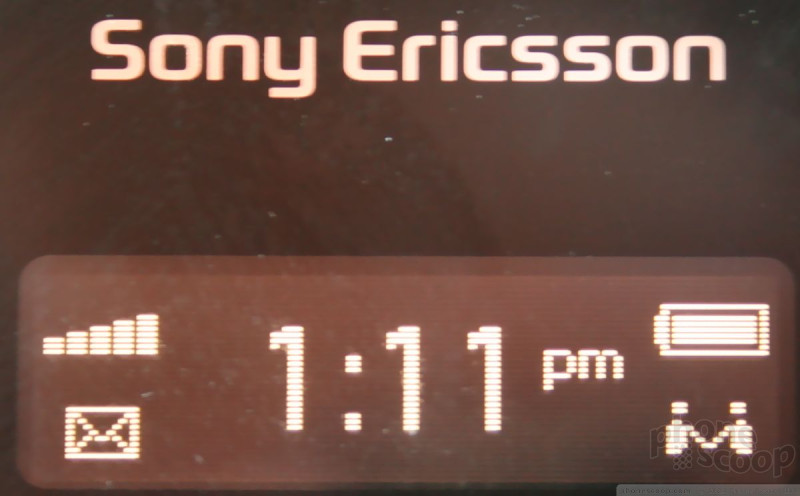
GPS
The TM506 has a-GPS and comes preloaded with TeleNav's mapping application. It took longer than I wanted it to hook up to a satellite and locate me. We're talking well over 2 minutes. TeleNav's map application itself is hearty, and will help you find, locate and map destinations easily. Oddly, GPS and other location-based services are found in the Entertainment menu.
Video
We had the opportunity to shoot a video tour of the new Sony Ericsson TM506. You can watch it here:
Or go to YouTube for more viewing and sharing options.
Wrap Up
The TM506 does an apt job at most tasks. The basics, such as calling, organizing contacts, and accessing messaging services, are no brainers these days, and the TM506 conquers them easily.
With its 1700MHz HSDPA radio and Opera Mini browser (a separate download), using the Web in T-Mobile's 3G (yes, and even 2.5G) areas is speedy and fun. T-Mobile's 3G is pretty limited right now, though, so if that's the sole reason yuou're thinking of buying this phone, you may want to check to see that your market is covered first.
On the media front, the TM506 does well with its camera and video features, but music playback is less satisfying than on other Sony Ericsson models.
In sum, the TM506 is a worthy entrant in the the mid-range flip phone category on the T-Mobile network.
Comments
Why is it that Sony Ericssion will make a 1700 AWS 3G phone for T-Mobile...and they won't make CDMA?
T-Mobile... and that is a limited user base to sell phones to. Yet... for years they have dogged CDMA technology for years because of it's "limited user base" (compared to GSM)... yet they could be selling phones to Verizon, Sprint, Alltel, Metro, Cricket, Virgin.... who probably cover 80 million people alone. I don't get it.
Ericsson had a big fight with Qualcomm a while back.
There is also a big long story about ...
(continues)
3G Plans and Tethering
Leo
(continues)
Leo


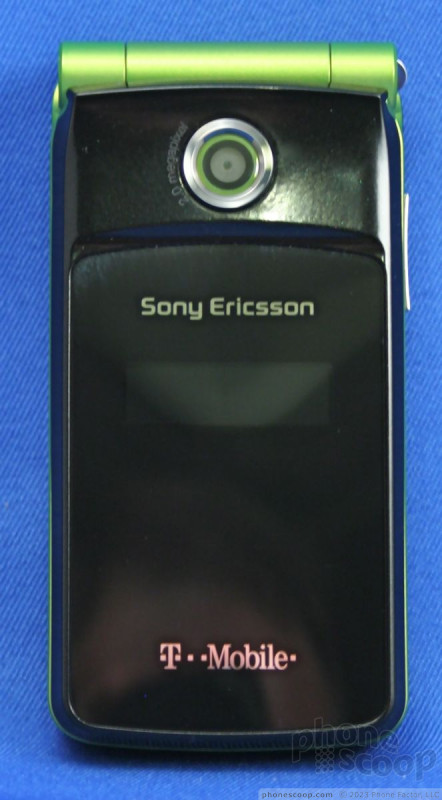








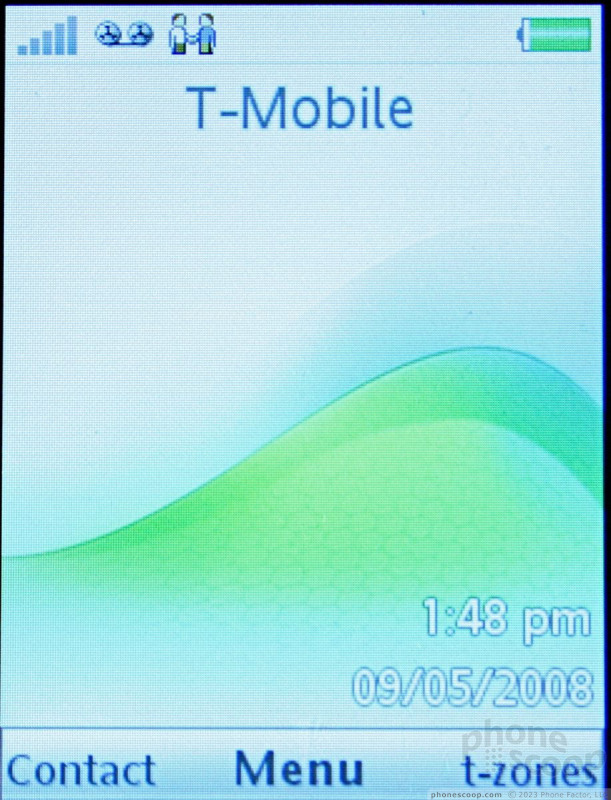









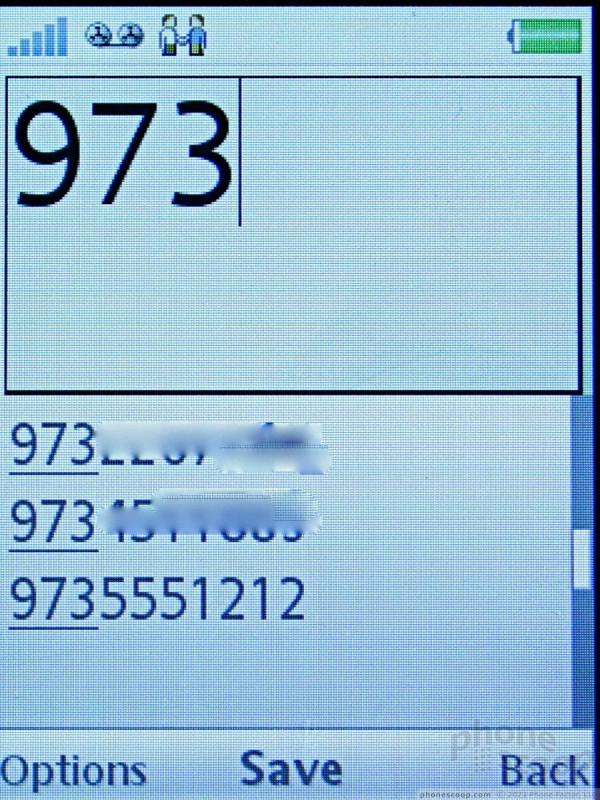












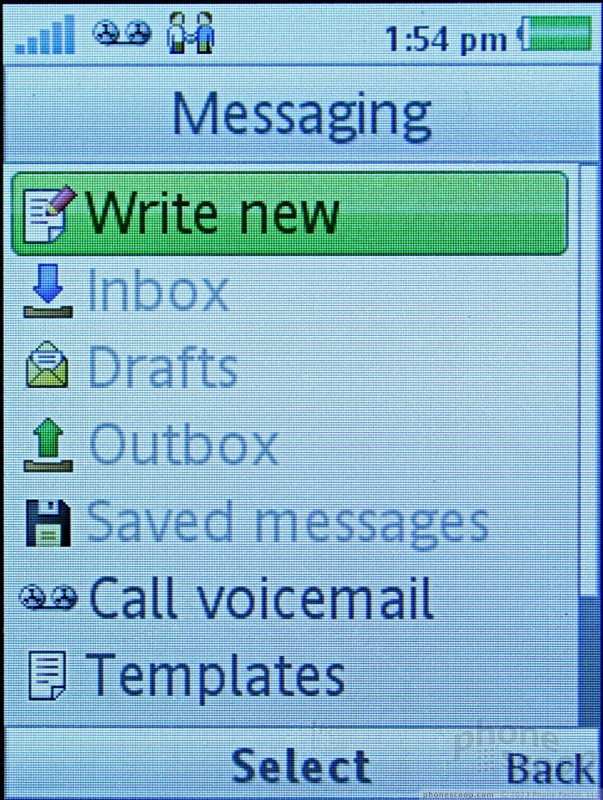








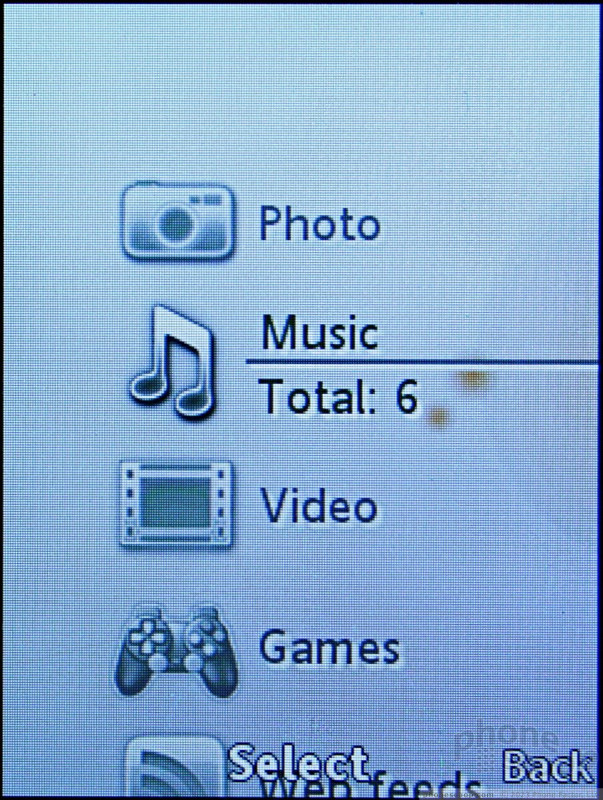





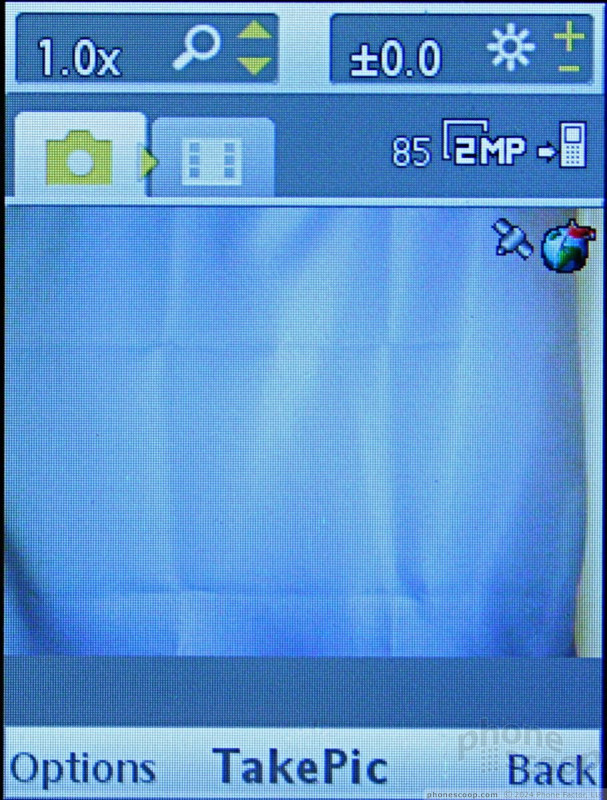



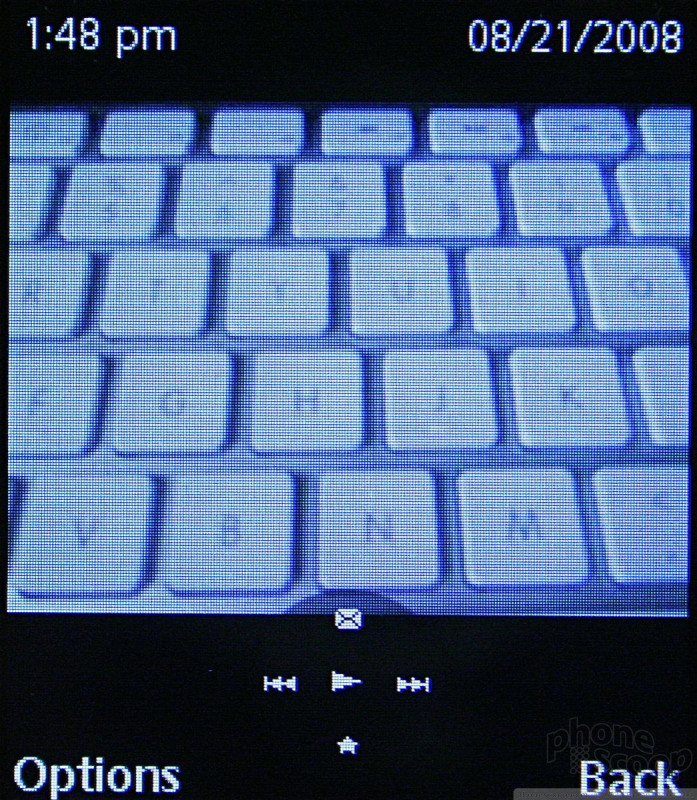



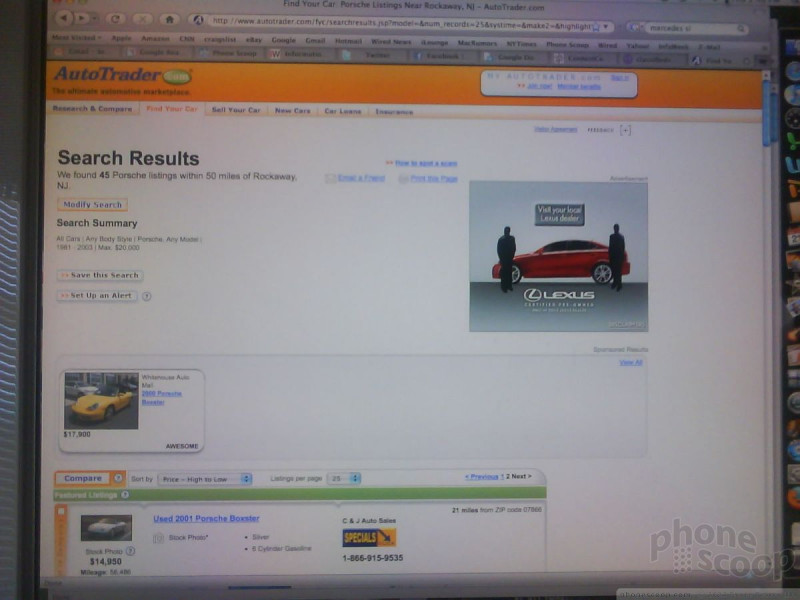







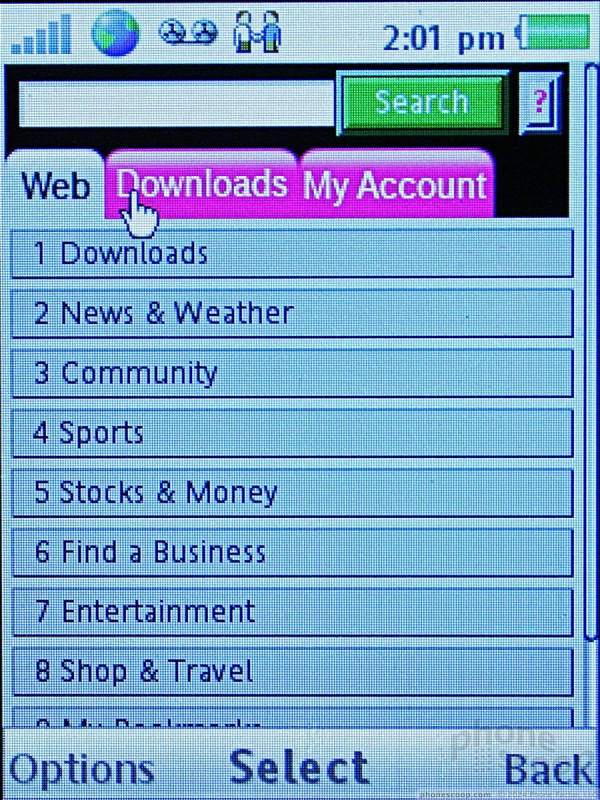




 Video Tour: Sony Ericsson TM506
Video Tour: Sony Ericsson TM506
 HMD Launches Barbie Phone in US
HMD Launches Barbie Phone in US
 iPhone 16 Brings More Features to All Price Points, Including New Camera Control
iPhone 16 Brings More Features to All Price Points, Including New Camera Control
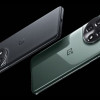 OnePlus 11 Pumps up Flagship Specs
OnePlus 11 Pumps up Flagship Specs
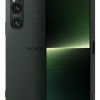 Sony Updates Flagship Phone With New Camera
Sony Updates Flagship Phone With New Camera
 Sony Ericsson TM506
Sony Ericsson TM506


